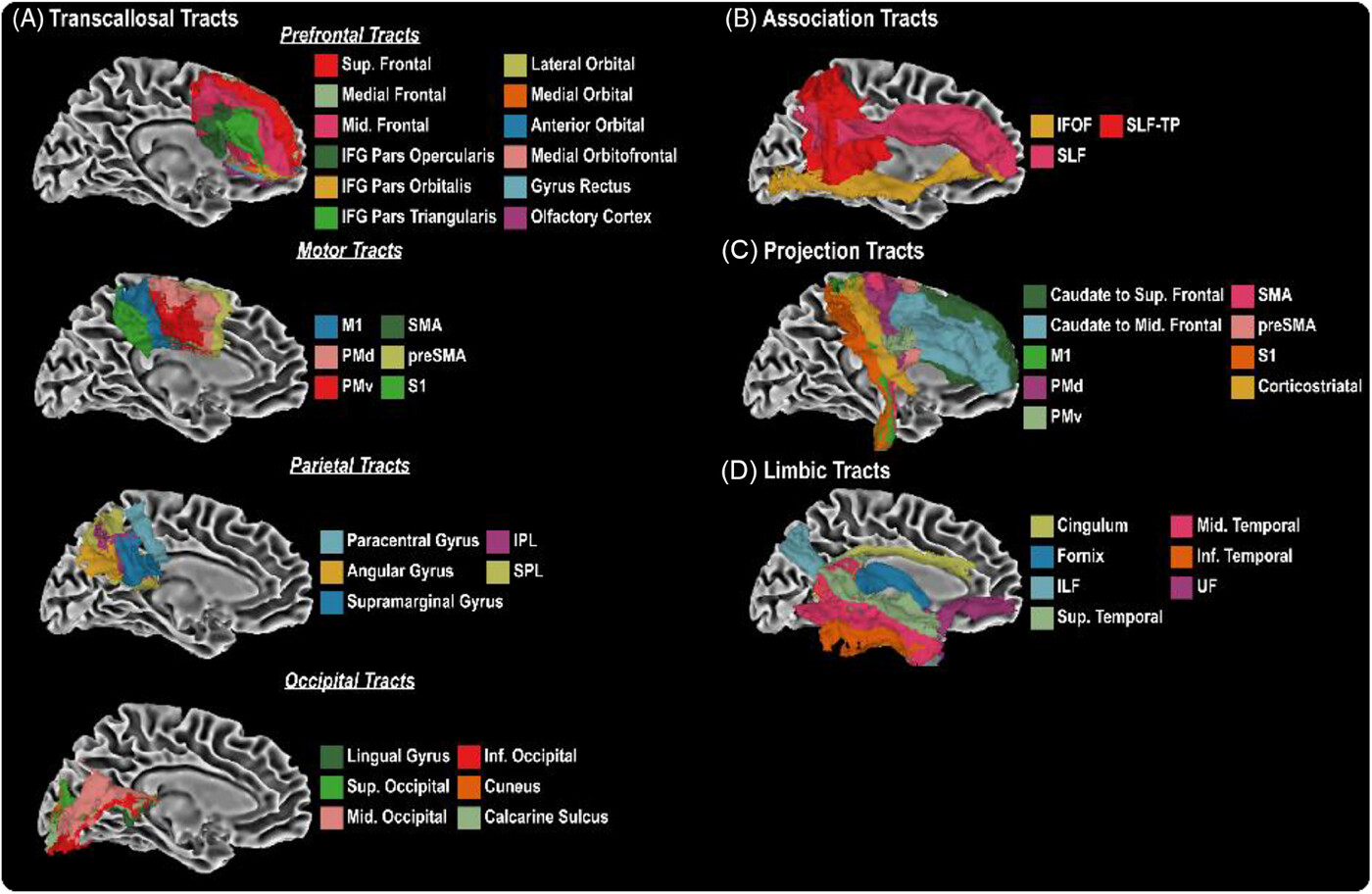Peterson, Amalia; Sathe, Aditi; Zaras, Dimitrios; Yang, Yisu; Durant, Alaina; Deters, Kacie D.; Shashikumar, Niranjana; Pechman, Kimberly R.; Kim, Michael E.; Gao, Chenyu; Mohd Khairi, Nazirah; Li, Zhiyuan; Yao, Tianyuan; Huo, Yuankai; Dumitrescu, Logan; Gifford, Katherine A.; Wilson, Jo Ellen; Cambronero, Francis E.; Risacher, Shannon L.; Beason-Held, Lori L.; An, Yang; Arfanakis, Konstantinos; Erus, Guray; Davatzikos, Christos; Tosun, Duygu; Toga, Arthur W.; Thompson, Paul M.; Mormino, Elizabeth C.; Habes, Mohamad; Wang, Di; Zhang, Panpan; Schilling, Kurt; Albert, Marilyn; Kukull, Walter; Biber, Sarah A.; Landman, Bennett A.; Johnson, Sterling C.; Schneider, Julie; Barnes, Lisa L.; Bennett, David A.; Jefferson, Angela L.; Resnick, Susan M.; Saykin, Andrew J.; Hohman, Timothy J.; Archer, Derek B. “Sex and APOE ε4 allele differences in longitudinal white matter microstructure in multiple cohorts of aging and Alzheimer’s disease.” Alzheimer’s and Dementia, 2024, https://doi.org/10.1002/alz.14343.
This study aimed to explore how sex and the presence of a specific gene, apolipoprotein E (APOE), affect the brain’s white matter structure in relation to Alzheimer’s disease (AD). To do so, the researchers used data from nine major long-term aging studies, which included information from 4,741 participants, with an average age of 73, and 9,671 brain scans. The focus was on analyzing differences in white matter structure based on sex and whether participants carried the APOE ε4 gene, which is known to increase the risk of Alzheimer’s disease.
The results showed clear differences in white matter structure between sexes and between those with and without the APOE ε4 gene. Women generally had lower brain tissue integrity in certain areas, and those who carried the APOE ε4 gene had more free water in their brain tissue, which can indicate changes in white matter. These findings point to significant disparities in brain structure related to both sex and the presence of the APOE ε4 gene, which may help explain some of the variations seen in Alzheimer’s disease.
In conclusion, these results highlight the important role that sex and the APOE ε4 gene play in the health of white matter in the brain. While the findings provide valuable insights into how these factors contribute to AD, more research is needed to fully understand the reasons behind these differences and how they might influence the development of Alzheimer’s disease.
FIGURE 1
Forty-eight white matter tractography templates were used in the present study, and can be grouped into TC (A), association (B), projection (C), and limbic tracts (D). IFG, inferior frontal gyrus; IFOF, inferior fronto-occipital fasciculus; ILF, inferior longitudinal fasciculus; IPL, inferior parietal lobe; M1, primary motor cortex; PMd, dorsal premotor; PMv, ventral premotor; S1, primary somatosensory cortex; SLF, superior longitudinal fasciculus; SLF-TP, temporoparietal superior longitudinal fasciculus; SMA, supplementary motor area; SPL, superior parietal lobe; TC, transcallosal; UF, uncinate fasciculus.
